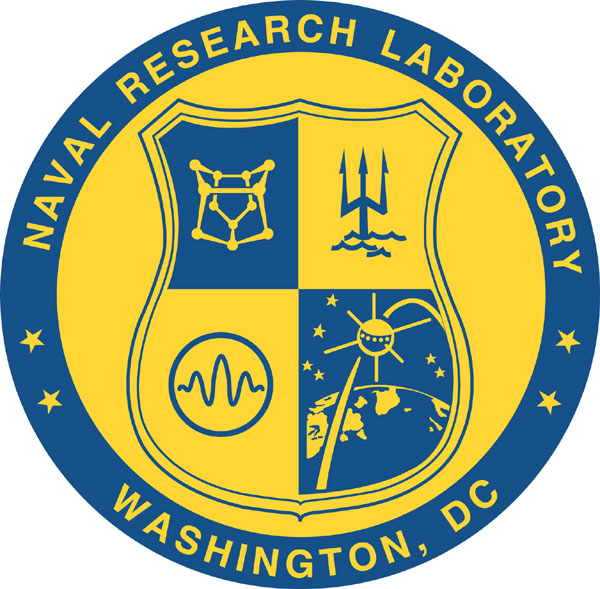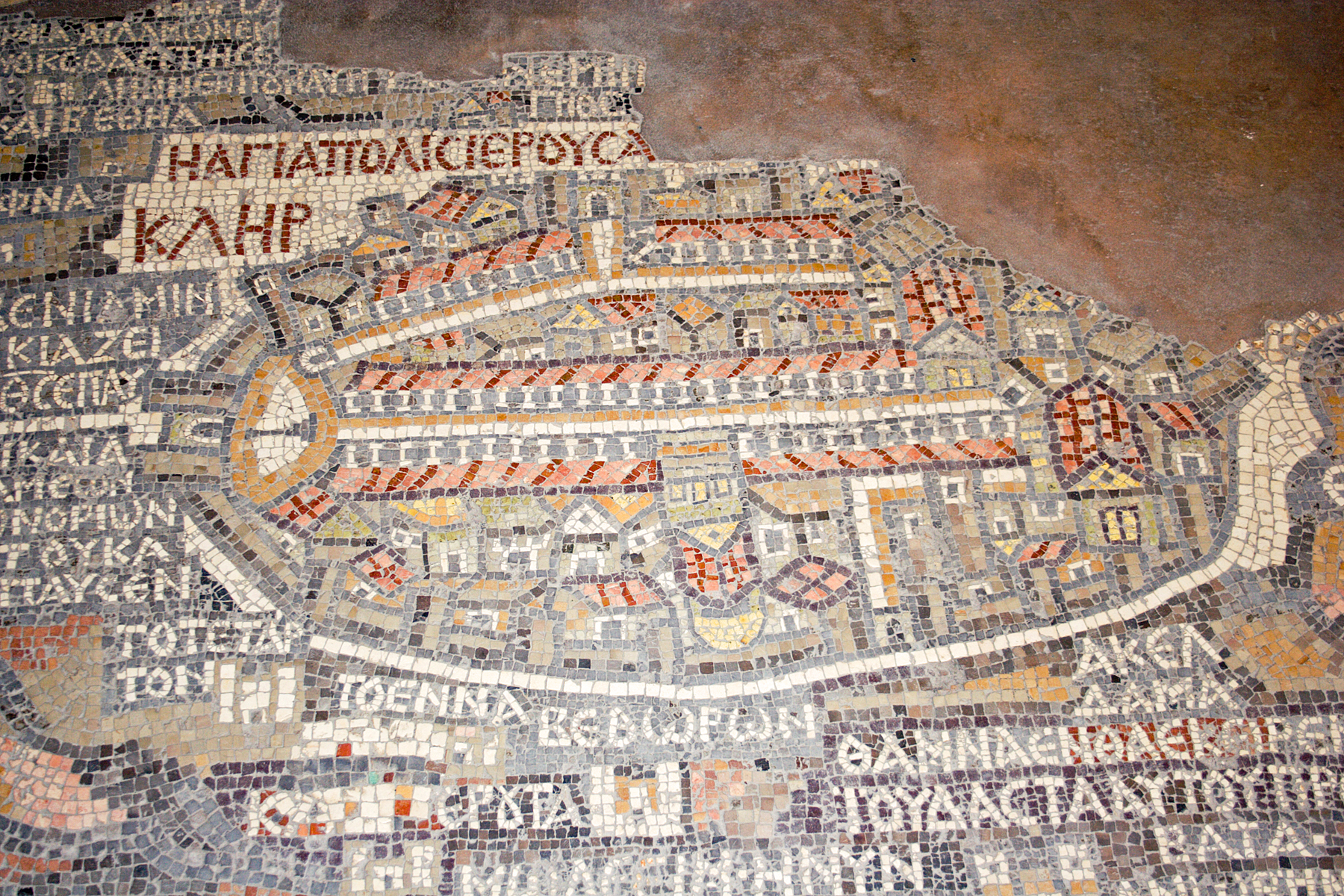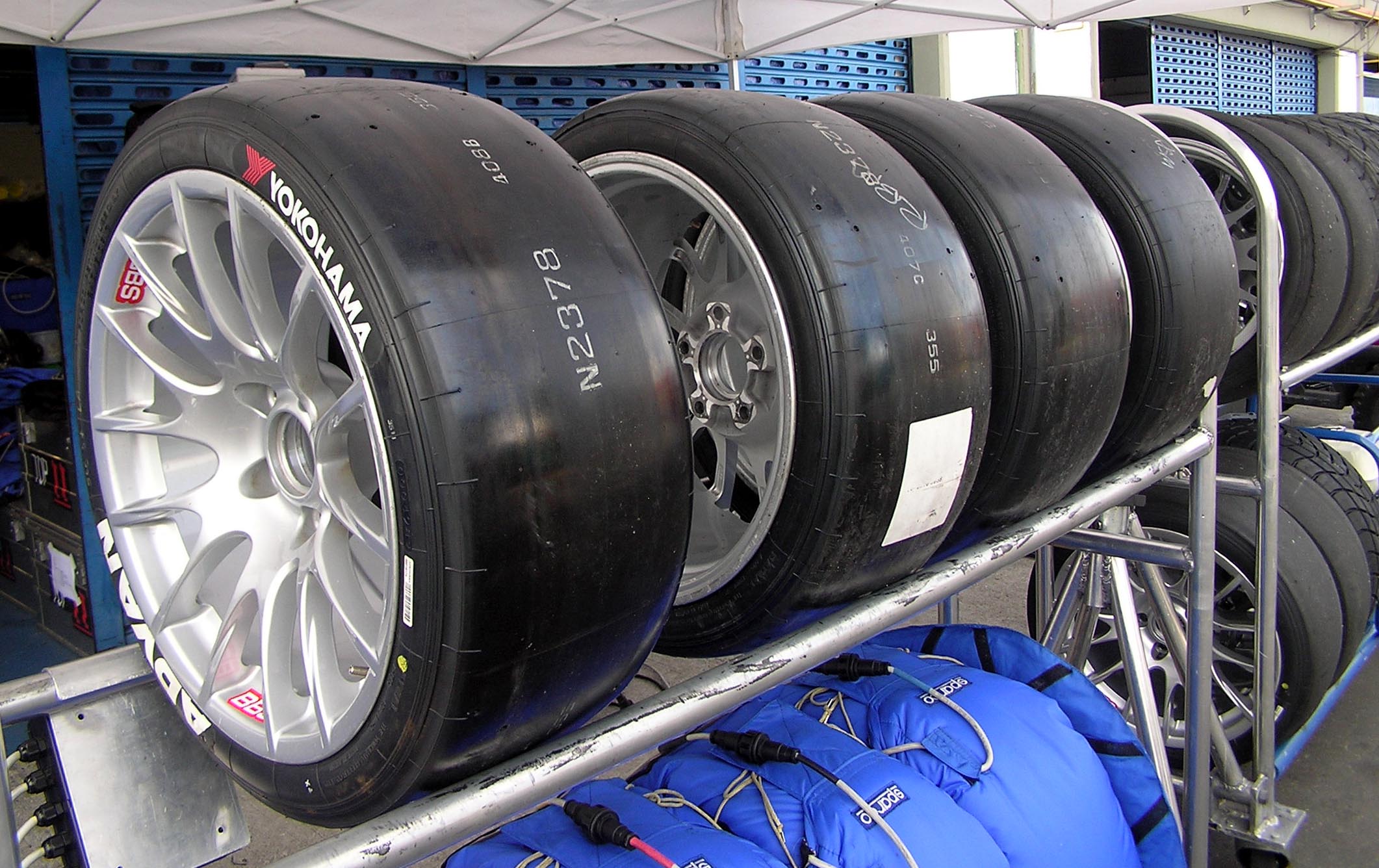|
C. Michael Roland
Charles Michael Roland (22 April 1952 - 2 October 2021) was Head of the Polymer Physics Section at the Naval Research Lab in Washington DC from 1989 to 2015. His research was concerned primarily with the dynamics of condensed matter, including polymers and liquid crystals, with applications to military armor and infrastructure protection. He is noted for his development of elastomeric coatings for blast protection, and for diverse accomplishments in the field of elastomer science. From 1991-1999, he served as the 8th editor of the scientific journal Rubber Chemistry and Technology, and a Fellow of the American Physical Society and the Institute of Materials, Minerals, and Mining (UK). C. Michael Roland, 2012 Charles Goodyear Medalist, Rubber Chemistry and Technology, vol. 85, G2, 2012. Personal Roland was born in Trenton, New Jersey. He went by his middle name Michael to avoid confusion at home, as his father was also named Charles. He had one sister. His father worked for the p ... [...More Info...] [...Related Items...] OR: [Wikipedia] [Google] [Baidu] |
Naval Research Lab
The United States Naval Research Laboratory (NRL) is the corporate research laboratory for the United States Navy and the United States Marine Corps. It was founded in 1923 and conducts basic scientific research, applied research, technological development and prototyping. The laboratory's specialties include plasma physics, space physics, materials science, and tactical electronic warfare. NRL is one of the first US government scientific R&D laboratories, having opened in 1923 at the instigation of Thomas Edison, and is currently under the Office of Naval Research. As of 2016, NRL was a Navy Working Capital Fund activity, which means it is not a line-item in the US Federal Budget. Instead of direct funding from Congress, all costs, including overhead, were recovered through sponsor-funded research projects. NRL's research expenditures were approximately $1 billion per year. Research The Naval Research Laboratory conducts a wide variety of basic research and applied re ... [...More Info...] [...Related Items...] OR: [Wikipedia] [Google] [Baidu] |
Georg Bohm (scientist)
Georg Bohm is a retired Vice President of Research and Technology for Bridgestone Americas noted for the development of electron beam pre-curing of elastomers. Education * BS Electrical Engineering, University of Vienna * 1962 – Ph.D. Physics from University of Vienna in Austria Between 1963 and 1967, he held scientific/academic positions at: the Max Planck Institute for Physical Chemistry in Gottingen, Germany, Seoul National University in Korea, the University of Bandung in Indonesia, and Northwestern University in Illinois. Career * 1967 – Radiation Research Laboratories of Firestone Corp. in Westbury, New York * 2005 – retired from Bridgestone Americas as VP Research and Technology * 2010 – President of Appia LLC Bohm's most cited work considered the effect on blend morphology of molecular weight, glass transition temperature, and composition for EPDM/BR blends. Awards * 2016 – Charles Goodyear Medal The Charles Goodyear Medal is the highest honor conferred ... [...More Info...] [...Related Items...] OR: [Wikipedia] [Google] [Baidu] |
Charles Goodyear Medal
The Charles Goodyear Medal is the highest honor conferred by the American Chemical Society, Rubber Division. Established in 1941, the award is named after Charles Goodyear, the discoverer of vulcanization, and consists of a gold medal, a framed certificate and prize money. The medal honors individuals for "outstanding invention, innovation, or development which has resulted in a significant change or contribution to the nature of the rubber industry". Awardees give a lecture at an ACS Rubber Division meeting, and publish a review of their work in the society's scientific journal '' Rubber Chemistry and Technology''. Recipients Source: * 1941 David Spence – Diamond Rubber Co. researcher noted for synthesizing isoprene for use in synthetic rubber * 1942 Lorin B. Sebrell – Goodyear Research Director noted for his work on organic accelerators for vulcanization * 1944 Waldo L. Semon – early developer of synthetic rubber, in particular Ameripol for B. F. Goodrich * 1946 I ... [...More Info...] [...Related Items...] OR: [Wikipedia] [Google] [Baidu] |
Sigma Xi Award For Pure Science
Sigma (; uppercase Σ, lowercase σ, lowercase in word-final position ς; grc-gre, σίγμα) is the eighteenth letter of the Greek alphabet. In the system of Greek numerals, it has a value of 200. In general mathematics, uppercase Σ is used as an operator for summation. When used at the end of a letter-case word (one that does not use all caps), the final form (ς) is used. In ' (Odysseus), for example, the two lowercase sigmas (σ) in the center of the name are distinct from the word-final sigma (ς) at the end. The Latin letter S derives from sigma while the Cyrillic letter Es derives from a lunate form of this letter. History The shape (Σς) and alphabetic position of sigma is derived from the Phoenician letter ( ''shin''). Sigma's original name may have been ''san'', but due to the complicated early history of the Greek epichoric alphabets, ''san'' came to be identified as a separate letter in the Greek alphabet, represented as Ϻ. Herodotus reports that "san" wa ... [...More Info...] [...Related Items...] OR: [Wikipedia] [Google] [Baidu] |
Melvin Mooney Distinguished Technology Award
The Melvin Mooney Distinguished Technology Award is a professional award conferred by the American Chemical Society, Rubber Division. Established in 1983, the award is named after Melvin Mooney, developer of the Mooney viscometer and of the Mooney-Rivlin hyperelastic law. The award consists of an engraved plaque and prize money. The medal honors individuals "who have exhibited exceptional technical competency by making significant and repeated contributions to rubber science and technology". Recipients 1980s * 1982 J. Roger Beatty - Senior Research Fellow at B. F. Goodrich known for development of rubber testing instruments and methods * 1983 Aubert Y. Coran - Monsanto researcher responsible for invention of thermoplastic elastomer Geolast * 1984 Eli M. Dannenberg - Cabot scientist known for contributions to surface chemistry of carbon black * 1985 William M. Hess - Columbian Chemicals Company scientist known for contributions to characterization of carbon black dispers ... [...More Info...] [...Related Items...] OR: [Wikipedia] [Google] [Baidu] |
Polybutadiene
Polybutadiene utadiene rubber BRis a synthetic rubber. Polybutadiene rubber is a polymer formed from the polymerization of the monomer 1,3-butadiene. Polybutadiene has a high resistance to wear and is used especially in the manufacture of tires, which consumes about 70% of the production. Another 25% is used as an additive to improve the toughness (impact resistance) of plastics such as polystyrene and acrylonitrile butadiene styrene (ABS). Polybutadiene rubber accounted for about a quarter of total global consumption of synthetic rubbers in 2012. It is also used to manufacture golf balls, various elastic objects and to coat or encapsulate electronic assemblies, offering high electrical resistivity. The IUPAC refers to polybutadiene as poly (buta-1,3-diene). Buna rubber is a term used to describe an early generation of synthetic polybutadiene rubber produced in Germany by Bayer using sodium as a catalyst. History The Russian chemist Sergei Vasilyevich Lebedev was th ... [...More Info...] [...Related Items...] OR: [Wikipedia] [Google] [Baidu] |
Polyisoprene
Polyisoprene is strictly speaking a collective name for polymers that are produced by polymerization of isoprene. In practice polyisoprene is commonly used to refer to synthetic ''cis''-1,4-polyisoprene, made by the industrial polymerisation of isoprene. Natural forms of polyisoprene are also used in substantial quantities, the most important being 'natural rubber' (mostly ''cis''-1,4-polyisoprene), which is derived from the sap of trees. Both synthetic polyisoprene and natural rubber are highly elastic and consequently used to make tires and a variety of other applications. The ''trans'' isomer, which is much harder than the ''cis'' isomer, has also seen significant use in the past. It too has been synthesised and extracted from plant sap, the latter resin being known as gutta-percha. These were widely used as an electrical insulator and as components of golf balls. Annual worldwide production of synthetic polyisoprene was 13 million tons in 2007 and 16 million tons in 2020. ... [...More Info...] [...Related Items...] OR: [Wikipedia] [Google] [Baidu] |
United States Naval Research Laboratory
The United States Naval Research Laboratory (NRL) is the corporate research laboratory for the United States Navy and the United States Marine Corps. It was founded in 1923 and conducts basic scientific research, applied research, technological development and prototyping. The laboratory's specialties include plasma physics, space physics, materials science, and tactical electronic warfare. NRL is one of the first US government scientific R&D laboratories, having opened in 1923 at the instigation of Thomas Edison, and is currently under the Office of Naval Research. As of 2016, NRL was a Navy Working Capital Fund activity, which means it is not a line-item in the US Federal Budget. Instead of direct funding from Congress, all costs, including overhead, were recovered through sponsor-funded research projects. NRL's research expenditures were approximately $1 billion per year. Research The Naval Research Laboratory conducts a wide variety of basic research and applied r ... [...More Info...] [...Related Items...] OR: [Wikipedia] [Google] [Baidu] |
American Cyanamid
American Cyanamid Company was a leading American conglomerate which became one of the nation's top 100 manufacturing companies during the 1970s and 1980s, according to the Fortune 500 listings at the time. It started in fertilizer, but added many other lines of business. In merged with American Home Products in 1994. The combined company sold off most of its lines of business except pharmaceuticals, adopted the name of its remaining Wyeth division, and was bought by Pfizer in 2009, becoming defunct as a separate concern. History The company was founded by engineers Frank S. Washburn and Charles H. Baker in New York City in 1907, to capitalize on a German patent they had licensed for the manufacture of nitrogen products for fertilizer. The company's name is derived from the chemical '' calcium cyanamide'', the fertilizer they would manufacture. They soon set up headquarters in Nashville, investing a million dollars in several corporations underpinning the manufacturing operat ... [...More Info...] [...Related Items...] OR: [Wikipedia] [Google] [Baidu] |
Condensed Matter
Condensed matter physics is the field of physics that deals with the macroscopic and microscopic physical properties of matter, especially the solid and liquid phases which arise from electromagnetic forces between atoms. More generally, the subject deals with "condensed" phases of matter: systems of many constituents with strong interactions between them. More exotic condensed phases include the superconducting phase exhibited by certain materials at low temperature, the ferromagnetic and antiferromagnetic phases of spins on crystal lattices of atoms, and the Bose–Einstein condensate found in ultracold atomic systems. Condensed matter physicists seek to understand the behavior of these phases by experiments to measure various material properties, and by applying the physical laws of quantum mechanics, electromagnetism, statistical mechanics, and other theories to develop mathematical models. The diversity of systems and phenomena available for study makes condensed matt ... [...More Info...] [...Related Items...] OR: [Wikipedia] [Google] [Baidu] |
DuPont
DuPont de Nemours, Inc., commonly shortened to DuPont, is an American multinational chemical company first formed in 1802 by French-American chemist and industrialist Éleuthère Irénée du Pont de Nemours. The company played a major role in the development of Delaware and first arose as a major supplier of gunpowder. DuPont developed many polymers such as Vespel, neoprene, nylon, Corian, Polytetrafluoroethylene, Teflon, Mylar, Kapton, Kevlar, Zemdrain, M5 fiber, Nomex, Tyvek, Sorona, Artificial Leather#Corfam, Corfam and Lycra in the 20th century, and its scientists developed many chemicals, most notably Freon (chlorofluorocarbons), for the refrigerant industry. It also developed synthetic pigments and paints including ChromaFlair. In 2015, DuPont and the Dow Chemical Company agreed to a reorganization plan in which the two companies would merge and split into three. As a merged entity, DuPont simultaneously acquired Dow and renamed itself to DowDuPont on August 31, 2017, and ... [...More Info...] [...Related Items...] OR: [Wikipedia] [Google] [Baidu] |






